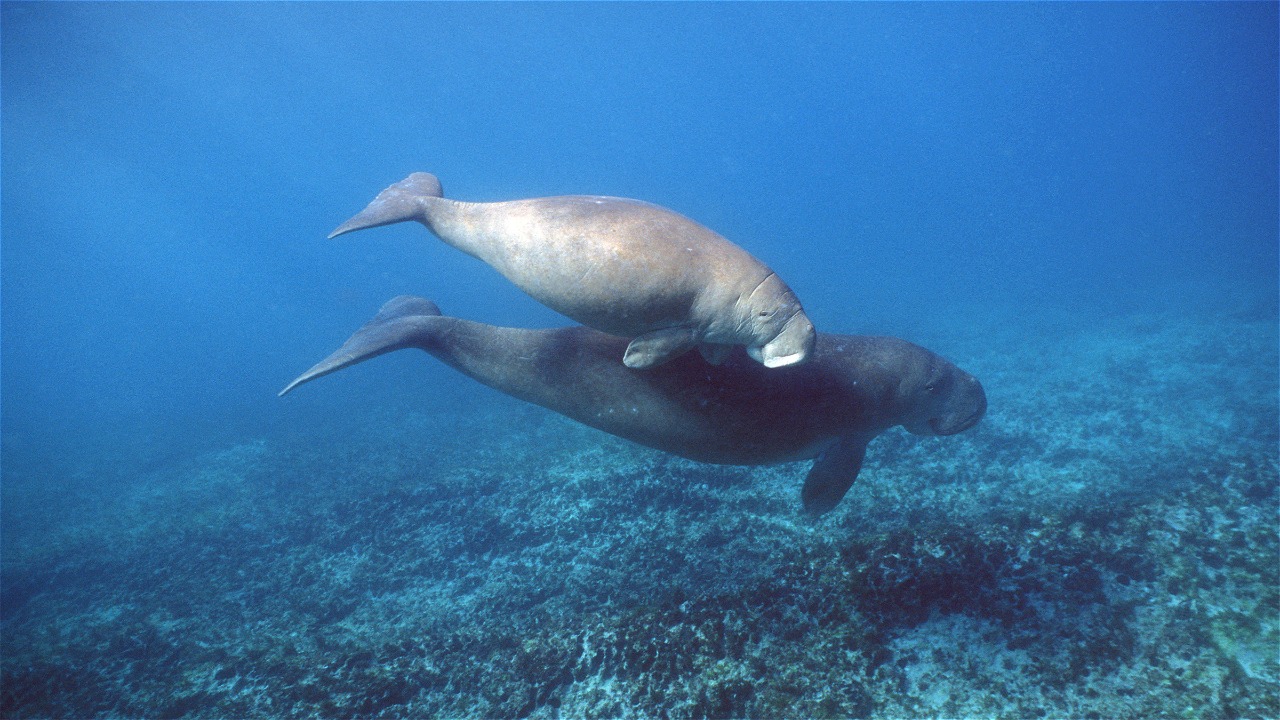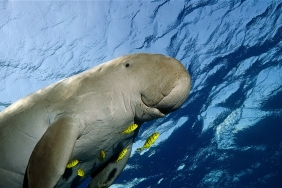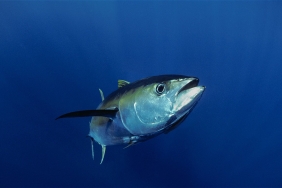DUGONG CONSERVATION WORKSHOP: RECOGNIZING THE ROLE OF DUGONG AND SEAGRASS CONSERVATION THROUGH SHORT FILMS
By Sheyka N. Fadela (Marine Species Conservation Assistant) and Mutiara Ramadhania (DSCP Social Media Consultant, WWF-Indonesia)
"We know that seagrass is the main food of Duyung. So, what does that have to do with us? Why should we care and support the conservation of Duyung and Seagrass?" asked Arifin Putra, actor and Indonesian Duyung and Seagrass Ambassador at the Duyung Conservation Workshop at the LIPI Oceanographic Research Center, Ancol, Jakarta.
The Duyung Conservation Workshop was held by the Dugong and Seagrass Conservation Project (DSCP) Indonesia on April 19 with the support of the Indonesian Institute of Sciences' Oceanographic Research Center (P2O LIPI) as the host. In this event, participants were invited to get to know Dugong and Seagrass, as well as their conservation efforts through movies and the use of camera technology on drones or aerial surveys. Nurul Dhewani, a researcher from P2O LIPI, also had the opportunity to invite participants to see the original baby Duyung specimen owned by LIPI.
"There is something I learned about the very close relationship between Duyung and Seagrass. It's like flowers and bees, if there are no bees looking for food, the flowers will die. Mermaids are just like bees, their main food is seagrass. Every time they eat, the Duyung also helps the Seagrass to breed better. If there are no dugongs, seagrasses will also die," Arifin replied when asked by the host after a short film was screened that tells the story of his trip to visit a marine conservation area that is the habitat of the dugong population in Alor, East Nusa Tenggara. Arifin also invited participants to participate in the conservation of dugongs and seagrasses by following the guidelines for interacting with dugongs when traveling, reducing the use of plastic by using reusable shopping bags, rejecting plastic straws, and reporting dugongs seen in the waters around us.
In addition to Arifin, Syauqi "Bimbo" Tuasikal and Mohamad Chafiz from the production team also shared their experiences during the production process with various challenges, ranging from natural situations that changed far from the initial survey to techniques for recording Duyung activities directly. One of the interesting moments was when they decided to use a selfie stick when taking pictures of the Duyung under the surface of the sea water because they obeyed the local regulation that visitors are not allowed to swim in close proximity to the Duyung.
"The conditions when shooting in an area like that, we help each other with the team, because in any condition we have to be able to get through it all to produce a good work," said Chafiz.
Juraij, a Duyung researcher and aerial survey practitioner also shared his knowledge about the use of drone cameras to research Duyung. Aerial surveys with drone cameras are usually carried out for mapping areas and seeing the condition of an area from a different perspective. This encourages Juraij's curiosity to utilize drone cameras in Duyung conservation efforts.
"Duyung observation in nature is quite difficult to do. Mermaids are wild and shy animals. Duyung appears very fast and they only show the tip of their nose to breathe or their tail when they dive deeper. The use of drones allows me to know the size of the Duyung, how it feeds, how it interacts with other animals such as turtles, and how many individual Duyung there are in the area," said Juraij. The man, who is also a member of the Indonesian Seagrass Foundation (LAMINA), also explained the various techniques that can be used to observe Duyung and the challenges, such as poor weather conditions and the difficulty of distinguishing between Duyung and Pesut.
The Duyung Conservation Workshop ended with the announcement of an article writing competition themed "Seagrass Meadows: Their Home, For Us" in a personal blog. The competition was held by DSCP Indonesia from April 20 to May 31, 2018 with prizes of shopping vouchers worth a total of ten million rupiah. Both the Sarasehan and the writing competition are expected to help increase public awareness of the importance of protecting Duyung and Seagrass and mobilize them to start participating in various conservation efforts. Check bit.ly/bloglamun for more information!





